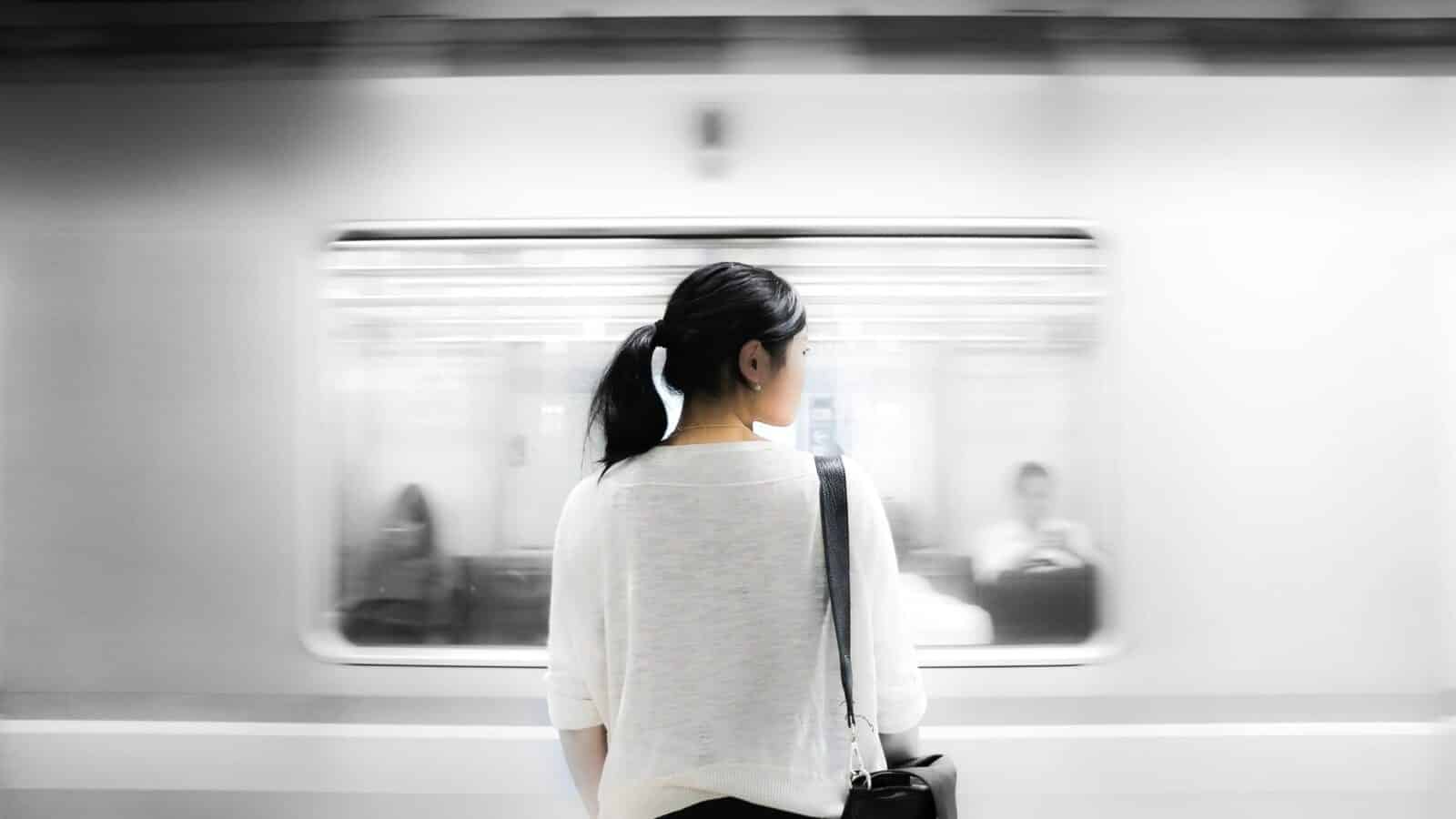The impacts of Covid-19 and the public health and public policy response will be felt by millions of people and by thousands of businesses – The public transport system is not immune
The Australian Government estimates that at least 1 million additional people could be made unemployed as a result of the virus. At the same time, many of those who are still employed and who can work from home are choosing (or forced) to do so. One result of this, is that there are fewer and fewer people travelling on public transport. To accurately discover how big this impact is, we will need to wait on patronage reporting from the operators and /or the State Government funders of public transport. However, data published by Transit, a company that provides a travel planning app for public transport and other modes of shared transport provides a strong indication that public transport use is declining rapidly as the shutdown of the economy and the move to working remotely progresses.
Transit reports a 74% reduction in demand compared to their expected level of app use. Helpfully, they also publish the data on frequency of Transit app usage, recording the percentage change compared to their projections which were based on last year’s use metrics, adjusted for annual growth. To see what the impact has been locally, we have graphed the data for the three cities in Australia and New Zealand within which Transit provides services – TransLink in South East Queensland, Adelaide Metro and Busit in Hamilton, New Zealand and compared them to average data for cities in France, the United States and Canada, as well as all cities in the database.
Insights and takeaways
The rapid reduction in demand will potentially impact both government and operators
What insights should we take from the data. First, assuming that the data is a predictor of actual demand (and there’s no reason to think that it is not), then people are definitely using public transport substantially less than just one week ago. Based on the Transit app data, we estimate that TransLink’s weekly patronage has fallen by up to 2.5 million trips compared to the same time last year. Of course we will have to wait for actual patronage figures to be released by TransLink, but this is, by any measure, a significant reduction in demand.
While this is a good thing as far as the public health response to Covid-19 is concerned, it does mean that public transport providers are going to feel the effects of the policy response to the virus. In the United States where transit agencies are reliant on the fare-box to meet at least some of their operating expenses, the decline in demand is triggering calls for federal government support and forcing agencies to consider reducing service levels and increasing fares. In Australia, State Government’s generally take the hit on reductions in the fare-box. This can be considerable. To illustrate, lets say the average fare South East Queensland is $2 (taking into account concession fares and off-peak discounts), if the current 64% reduction in Transit app use equates to 2.5 million fewer trips being taken each week for the next 6 months, the Queensland State Government will see a $139 million hole in its revenue projections just in South East Queensland.
In some cases, some of the revenue reduction may flow through to operators. This may be very direct if they have patronage incentives built into their service contracts. If this is the case, unless covered by existing force-majeure clauses, contracted bus, ferry and rail operators may see the reduction in demand translate into reductions in their contract payments.
Lower demand may also lead to reduction in service. This may also impact operators who will need to cover fixed costs with a lower operating payment. Operators may also need to consider how their enterprise bargaining agreements affect their ability to rapidly restructure their business during service reductions. Operators may also need to consider how closely contract payments are tied to their existing cost structure and whether there is flexibility to accommodate the reduced operating and capital requirements if, and as, services are reduced over time and fewer vehicles and drivers are needed. How contract payments are structured and how willing governments are to negotiate may make all the difference.
Australia and New Zealand are five days behind Europe and North America – but are catching up
Perhaps the second takeaway from the data is that Australia and New Zealand appear to be a 5 or 6 days behind the Northern Hemisphere, not only in the number of people infected but in the policy response to Covid-19. Shutting down ‘non-essential’ businesses in Australia and the lock-down of the entire country in New Zealand have only happened relatively recently, and around five or six days after France and Spain closed borders and ordered people to stay indoors (except in limited circumstances). The effect of this can be seen in the gap in the graph in the Transit app use between the Antipodean cities and those in the Northern Hemisphere that opens up around 16th of March. The decline in Transit app use after the NZ government’s announcement about its national lock-down was immediate. A similar rapid decline can be seen after France and other countries after 16th and 17th March when lock-downs started to be be put into effect in Europe. Australia has not had a full lock-down of the country (yet), and while there has been a steady decline in Transit app use, there would appear to be further falls in demand to go, if other countries are any guide.
Lowering demand means that we are all safer, and that’s a good thing
The key takeaway is perhaps this. Public transport continues to provide an important transportation option for front-line and operational workers who need to travel to keep us health, safe and who keep essential services running. Many will have cars, some will not. The decline in public transport demand has been sudden. But, paradoxically, public transport is also suddenly safer. It will now be easier for drivers and station staff as well as for everybody else who needs to travel beyond the confines of their house or apartment during these ‘corona-times‘ to practice effective and safer social distancing on public transport, leading to a lower risk of infection and further burdening of the health system.
And that’s a good thing – for everybody.

